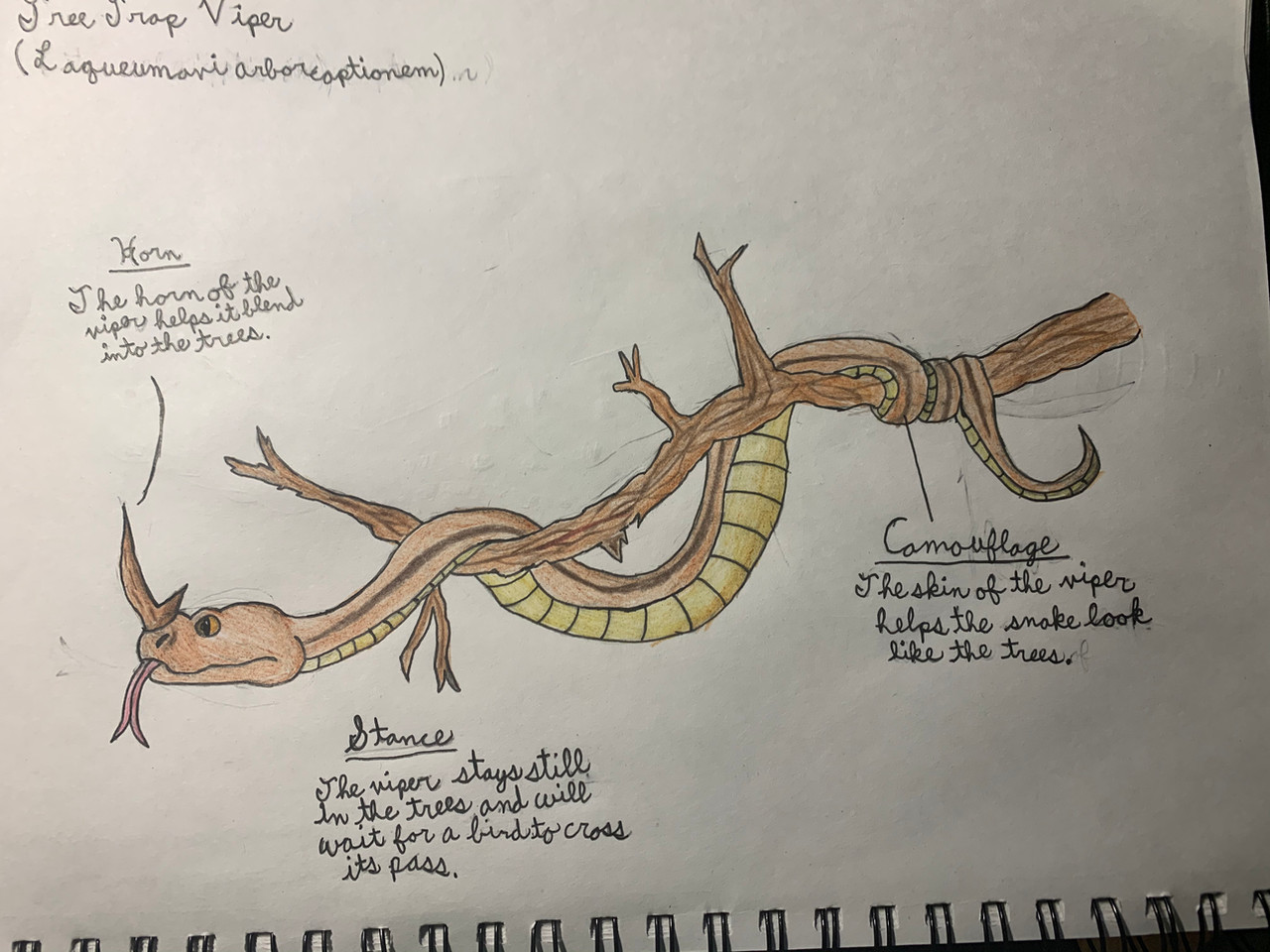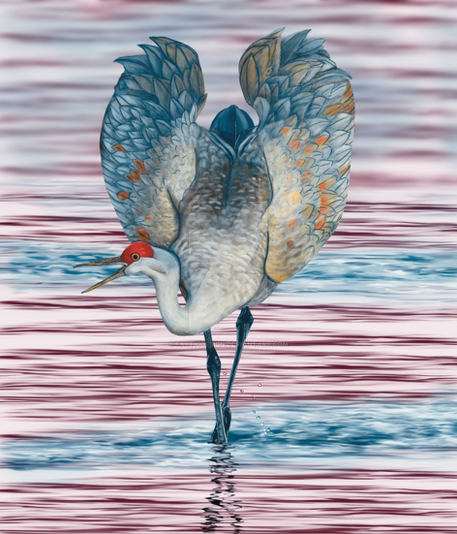HOME | DD
 ScreenSamurai — Tree Trap Viper
ScreenSamurai — Tree Trap Viper

#grassland #snake #tree #viper #speculativeevolution #speculativebiology #speculativezoology
Published: 2020-03-21 22:55:11 +0000 UTC; Views: 1723; Favourites: 46; Downloads: 3
Redirect to original
Description
Common Name: Tree Trap ViperScientific Name: Laqueumavi arborcaptionem
Length: 1-2.2 meters
Weight: 4-9 kilograms
Diet: Insects, lizards, small birds, and small mammals
Distribution: The wooded areas of the Congo Savannah in Africa
Lifespan: 15-22 years
Description: The tree trap viper belongs to a group of vipers called the trap vipers, all evolving from the Gaboon viper. These vipers generally lie and wait for prey to come along its path. Most of these vipers look like their surroundings. For instance, some vipers look like rocks, trees, grass, and flowers. They also have very potent venom that is able to kill an adult human in about 20 to 30 minutes. Nearly all trap vipers live on the African continent, however, some trap vipers live on small islands near the shorelines of Africa.
The tree trap viper has evolved to look like the branches of the trees that grow on the Congo Savannah. The viper is light brown in color with a darker stripe down the sides of its body. It mostly preys on small weaver birds that live in the trees but will eat other small animals that hide in the trees. The large horn on its head not only lets it camouflage into the trees, but is also a way to attract mates. Females will usually pick the snakes with the biggest horns because it shows that they are healthy.
Before mating, the two vipers do a courtship dance. The two snakes go to the ground and start their dance. At this time, both snakes are vulnerable to predators catching them. The snakes then raise their heads and start to wiggle their bodies. This dance can last for about 6 to 7 minutes, which after the snakes will start to breed. They will then go back to the trees and wait for prey.


























